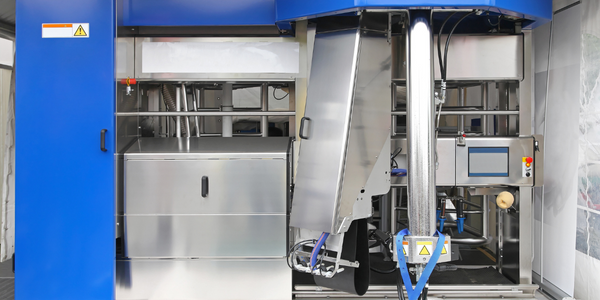技术
- 功能应用 - 企业资源规划系统 (ERP)
- 可穿戴设备 - 便携式扫描仪
适用行业
- 农业
- 电信
适用功能
- 物流运输
- 仓库和库存管理
用例
- 最后一英里交付
- 拣选/分拣/定位
服务
- 系统集成
关于客户
久保田澳大利亚公司是一家为企业和国内客户提供农业、建筑和电力设备的领先供应商。该公司通过澳大利亚和新西兰 160 家经销商网络运营,提供新产品和售后支持。母公司久保田公司于 1953 年进入设备市场,并于 1960 年推出第一台拖拉机。如今,久保田在全球拥有超过 35,000 名员工。为了满足不断增长的需求,久保田澳大利亚不断增加仓库,并不断寻求创新解决方案来增强其运营和客户服务。
挑战
久保田澳大利亚公司是一家农业、建筑和电力设备供应商,在扩大其仓库网络方面面临着重大挑战。该公司的需求不断增长,需要及时向更多客户提供更多零件。然而,事实证明,仓库中需要互联网连接以允许 RF 扫描仪与 ERP 系统通信是一个障碍。每个仓库地点对专用无线网络的需求以及与可能不同的互联网服务提供商合作的后勤工作减缓了新仓库的运营进程。该公司正在寻求解决这一问题的方法,使其能够保持竞争优势,同时保持较低的运营成本。
解决方案
Kubota Australia 提出了在仓库使用的基于 Android 的 RF 扫描仪上安装 Zscaler Client Connector 的创新解决方案。每个扫描仪还配备了 SIM 卡,使其能够连接到传统的 4G 移动网络。该解决方案在扫描仪上进行了试验,并被证明是成功的。 Zscaler 客户端连接器很容易安装在 Android 射频扫描仪上,并且可以完美运行,不会影响设备上的资源利用率。现在,每个扫描仪都可以与公司的 SAP ERP 系统安全地通信,而无需单独的网络。这使得仓库工作人员更加敏捷和高效。即使通过访客 Wi-Fi、无防火墙的共享互联网甚至跨移动运营商进行连接,连接也是安全的。借助 Zscaler Private Access,久保田澳大利亚能够确保从 RF 扫描仪到 ERP 应用程序的端到端加密,并限制用户只能使用 SAP ERP 应用程序,而不允许他们浏览互联网。
运营影响
数量效益

Case Study missing?
Start adding your own!
Register with your work email and create a new case study profile for your business.
相关案例.
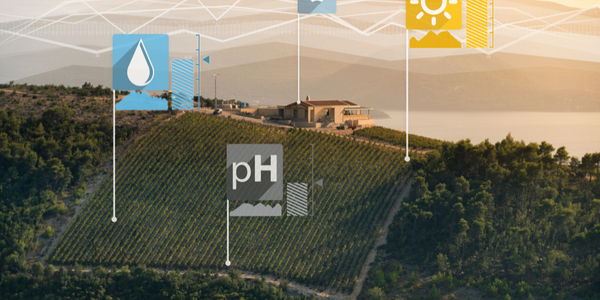
Case Study
Intelligent Farming with ThingWorx Analytics
Z Farms was facing three challenges: costly irrigation systems with water as a limited resource, narrow optimal ranges of soil moisture for growth with difficult maintenance and farm operators could not simply turn on irrigation systems like a faucet.
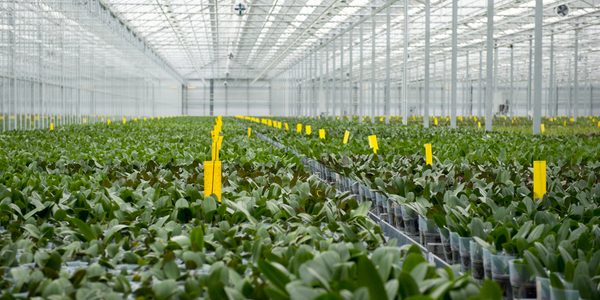
Case Study
Greenhouse Intelligent Monitoring and Control Solution
Farming Orchids is the most successful form of precision farming in Taiwan, and also the most exported flower. Orchids need a specific temperature and humidity conditions to grow and bloom, and its flowering time may not be in line with market demands, so the price collapses when there is overproduction. Therefore, some farmers began to import automated greenhouse control systems for breeding and forcing, which not only improves quality, but also effectively controls the production period and yield to ensure revenue. In 2012, an orchid farmer built a Forcing Greenhouse of about 200 pings (approximately 661 Square Meters) in Tainan, Taiwan. The system integrator adopted Advantech’s APAX-5000 series programmable automation controllers to build the control platform, coupled with Advantech WebAccess HMI/SCADA software, to achieve cloud monitoring. The staff of the orchid field can monitor important data anytime via smart phone, iPad, and other handheld devices, and control the growth and flowering conditions. System requirements: In the past, most environmental control systems of orchid greenhouses in Taiwan used PLCs (Programmable Logic Controller) with poorscalability and control, and could not be connected to the Internet formonitoring from the cloud. For advanced database analysis and networking capability, the PC platform must be adopted. Therefore, PAC Systems (Programmable Automation Controller) with both PLC programming capabilities andPC functions is a better choice.The environmental control of the Orchid greenhouse switches on and off devices like fan, shade net, cooling/heat pump, liquid flow control, water-cooling wall etc. It is controlled by a control panel of electric controllers, and is driven by a motor, to adjust the greenhouse temperature, humidity, and other environmental conditions to the set parameters.
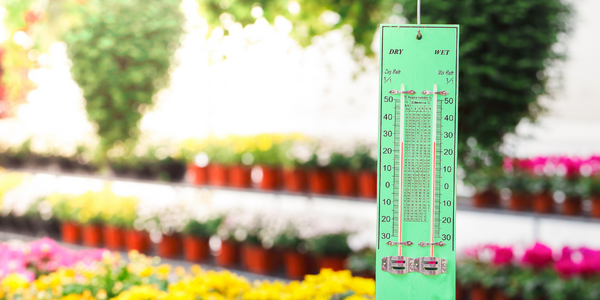
Case Study
Precision beekeeping with wireless temperature monitoring
Honeybees are insects of large economic value and provide a vital service to agriculture by pollinating a variety of crops. In addition, bees provide us with valuable products such as honey, beeswax, propolis, bee venom, etc. Monitoring of honeybee colony health, population, productivity, and environmental conditions affecting the colony health have always been exceedingly difficult tasks in apiculture. Research has shown that even small deviations (by more than 2°C) from the optimal temperatures have a significant influence on the development of the brood and the health of adult bees.
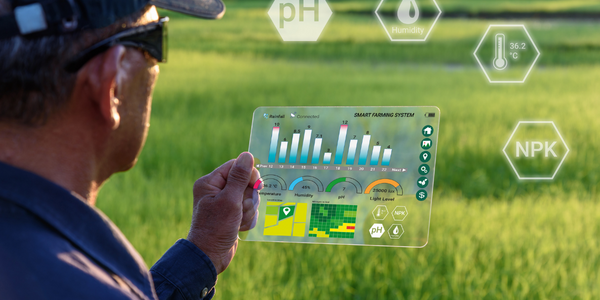
Case Study
Enabling Internet of Things Innovation in Agriculture
DigiBale, wanted to apply technology know-how and IP from implementations successfully to more agriculture sectors including cotton, forestry, sugarcane and cattle. However, farmers and growers still have worries about the connected technology.








